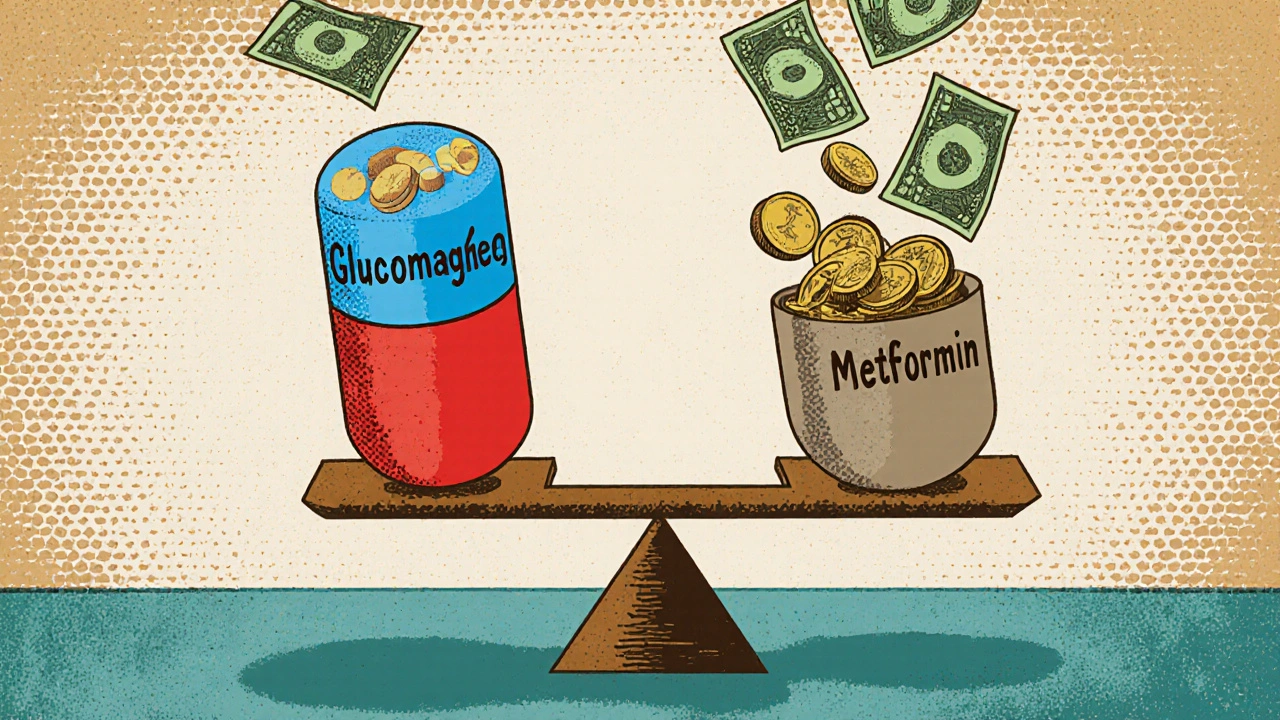Exercise Tips for Everyday Health
Feeling stiff after a long day? A few minutes of movement can change the way you feel, and you don’t need a gym membership to get started. Below are practical ideas you can fit into any schedule, whether you’re at home, work, or on the go.
Start Small and Stay Consistent
Begin with a five‑minute warm‑up. March in place, swing your arms, or do gentle neck rolls. The goal is to get blood flowing, not to exhaust yourself. After the warm‑up, pick a simple activity you enjoy—walking, dancing to a favorite song, or doing a short set of bodyweight squats. Doing a little every day builds habit faster than an occasional marathon session.
Set a timer on your phone and aim for a total of 10‑15 minutes of movement, split into two or three short bouts if that feels easier. Research shows that breaking up sedentary time improves circulation and helps maintain muscle tone. When the routine feels natural, you can add another five minutes or increase the intensity a bit.
Safety First: Listen to Your Body
Pay attention to how you feel during and after exercise. Sharp pain, dizziness, or shortness of breath that doesn’t improve with a pause are signals to stop and reassess. If you take medication, check whether it interacts with vigorous activity—some blood pressure drugs, for example, can affect how your heart responds to exercise. A quick chat with your pharmacist can clear up any doubts.
Stay hydrated by sipping water before, during, and after your workout. Keep a bottle within reach, especially if you’re exercising outdoors in warm weather. Wearing comfortable shoes with good support reduces the risk of joint strain and makes walking or light jogging more pleasant.
Incorporate strength moves like push‑ups, wall sits, or resistance‑band curls to protect bones and joints. Even a couple of minutes of resistance work each day helps maintain muscle mass, which is important for metabolism and balance as you age.
Stretch at the end of each session. Focus on the major muscle groups you just used—hamstrings, calves, chest, and shoulders. Holding each stretch for 15‑20 seconds gives muscles a chance to relax and reduces soreness.
Finally, make movement social. Invite a friend to join a walk, or challenge coworkers to a step‑count competition. Sharing goals makes it easier to stay motivated and turns exercise into a fun part of your routine.
Remember, the best exercise is the one you actually do. Start with what feels doable, keep safety in mind, and let the habit grow naturally. Your body will thank you with more energy, better mood, and a stronger foundation for a healthier life.





